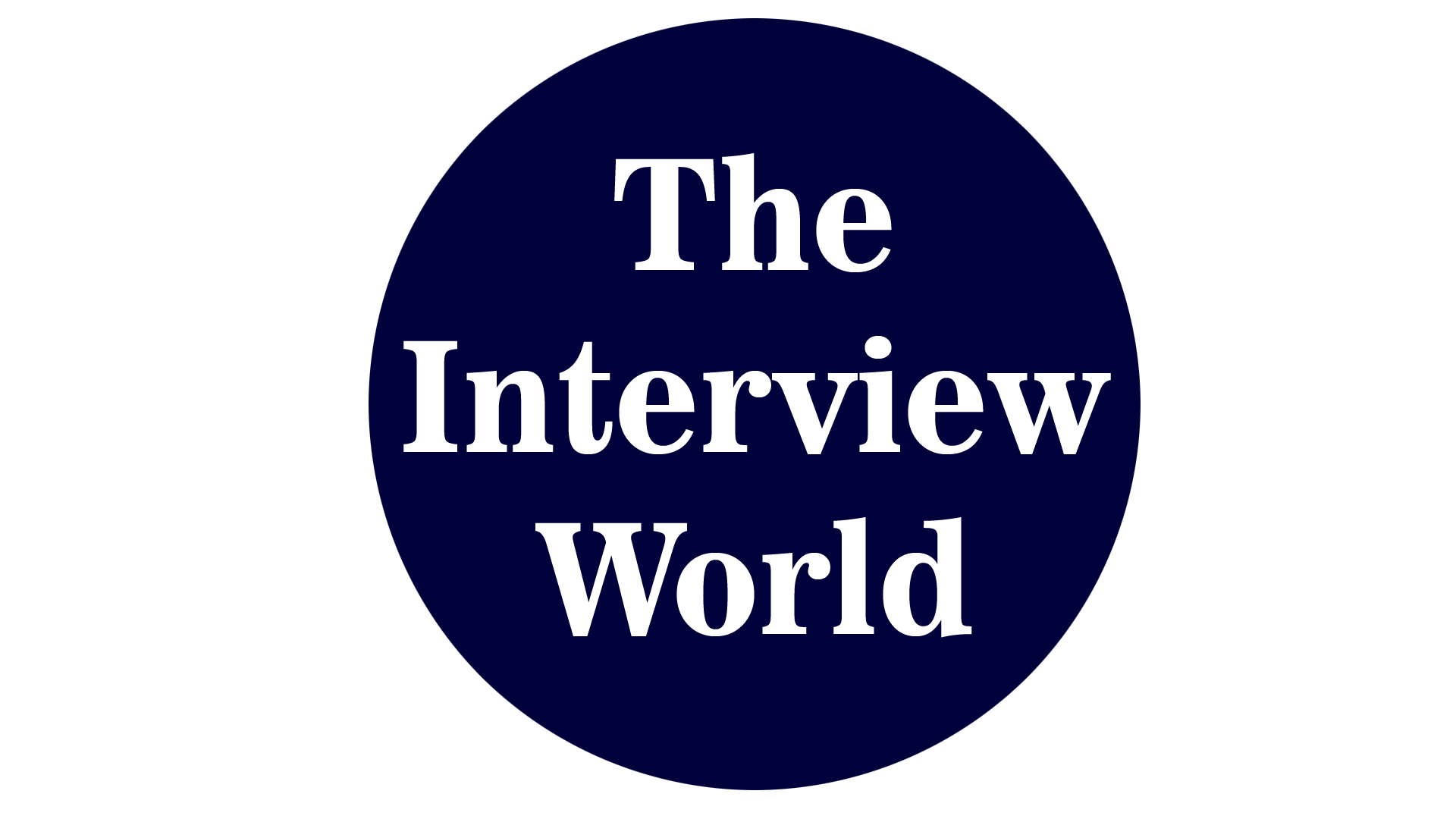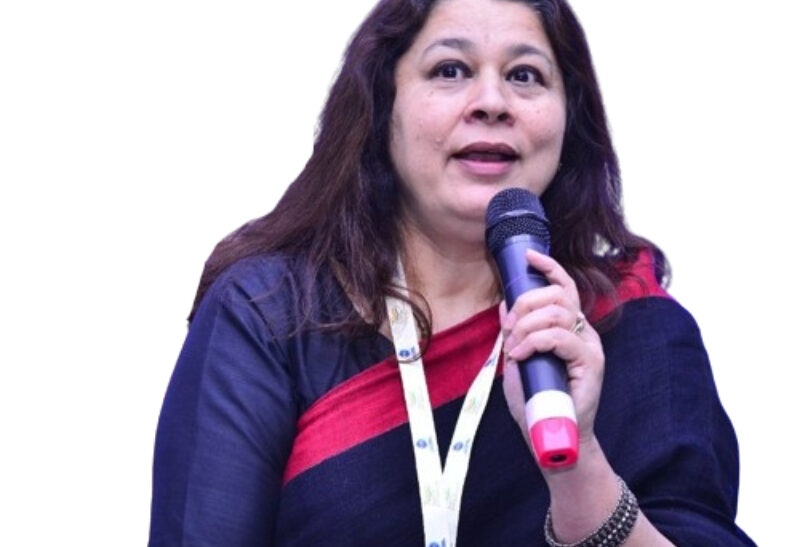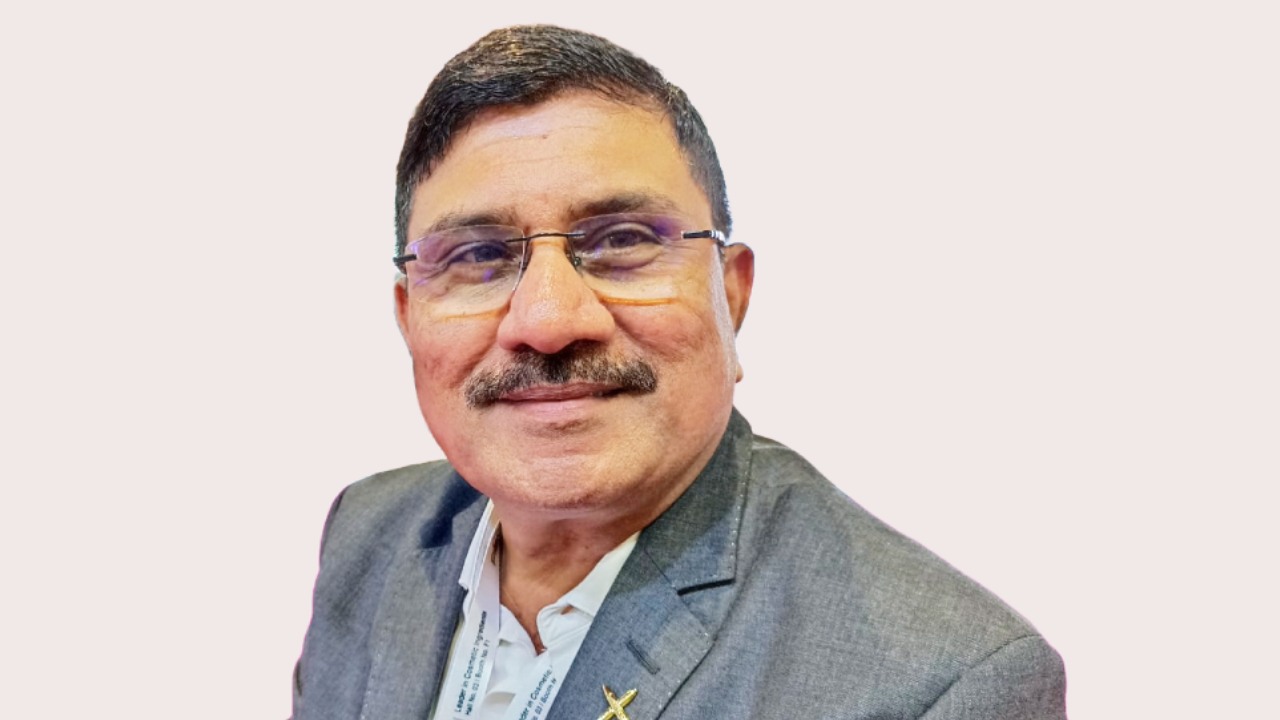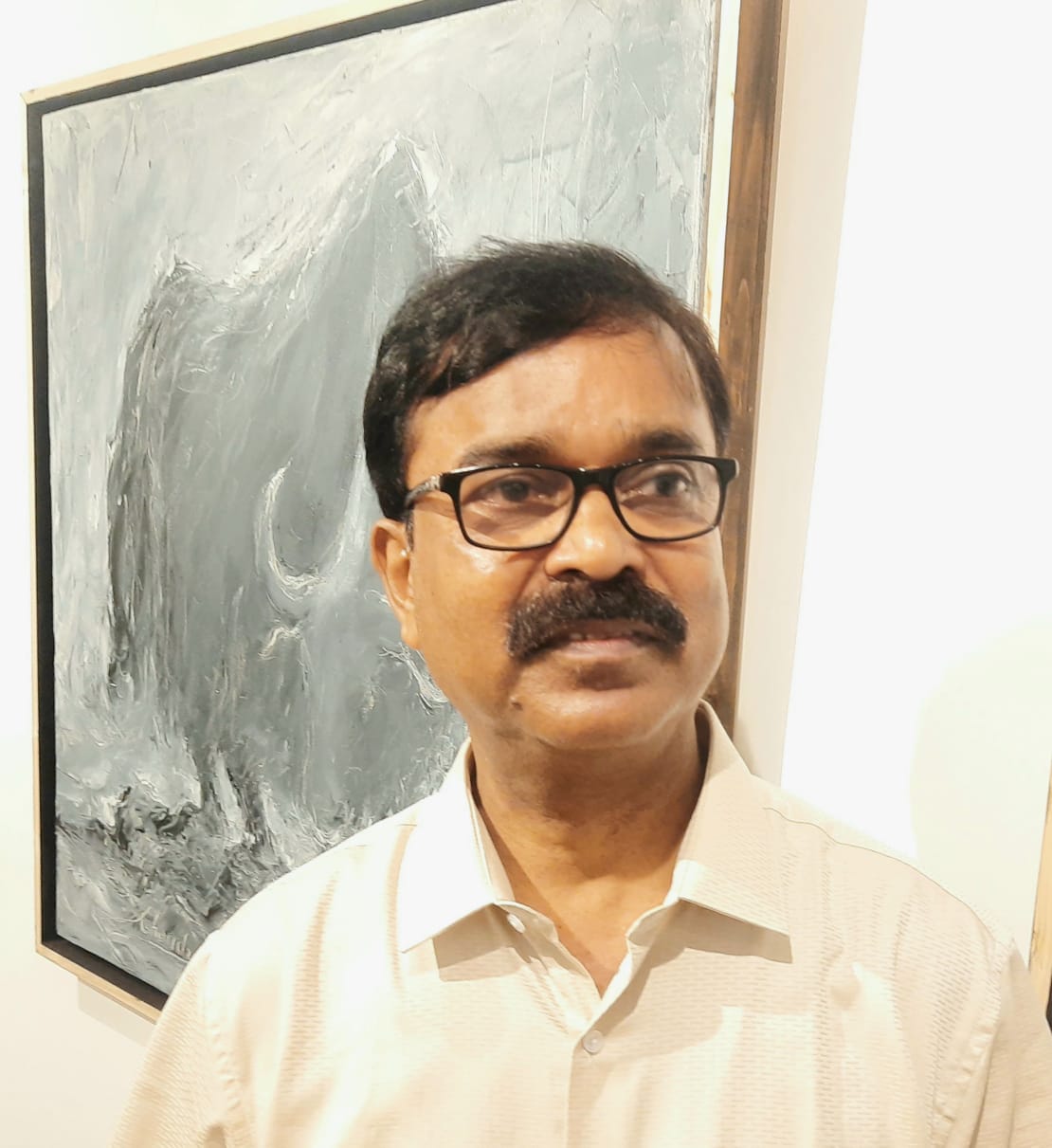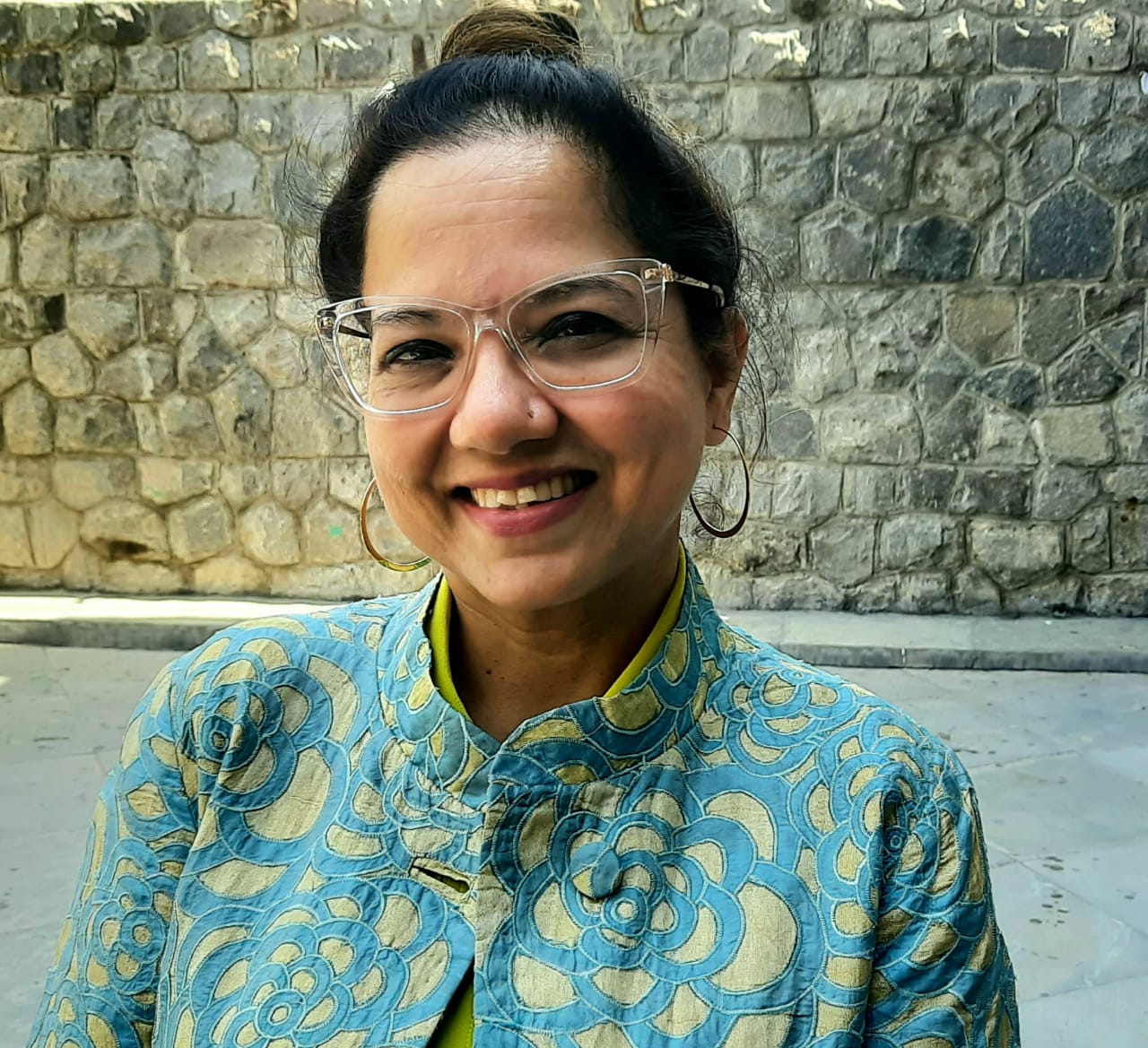PVRINOX Ltd., a premier player in the Indian entertainment industry, emerged from the merger of PVR Cinemas and INOX Leisure Limited. This strategic union has created the largest multiplex chain in India, revolutionizing the cinema experience with luxury and state-of-the-art technology. With over 1,747 screens across 380 cinemas, PVRINOX delivers an unparalleled cinematic experience, catering to diverse audience preferences and integrating assistive technologies and amenities for persons with disabilities.
PVRINOX, a pioneer in innovative movie screening, incorporates cutting-edge projection and sound technologies such as 4DX, IMAX, and Dolby Atmos. Moreover, the company emphasizes customer comfort by offering premium seating options, gourmet food, and personalized services. Committed to sustainability, PVRINOX implements eco-friendly practices in its operations, including energy-efficient systems and waste management programs.
In an exclusive interaction with The Interview World, Sangeeta Robinson, Chief Sustainability Officer of PVRINOX Ltd., highlights the initiatives the company has implemented to enhance the movie-watching experience for individuals with disabilities. She shares insights into measures for improving web accessibility. Moreover, she emphasizes the specific strategies for improving the experience of visually impaired persons. Here are the key takeaways from her interview.
Q: What initiatives has PVRINOX implemented to enhance the movie-watching experience for individuals with disabilities?
A: At PVRINOX, we ensure cinemas accessible for people with disabilities since 2018. This journey has involved meticulous attention to detail and significant effort across several dimensions.
We focus on accessibility for individuals with physical, hearing, and visual disabilities. For physical disabilities, PVRINOX takes full responsibility. However, for hearing and visual impairments, we rely on content creators, the movie producers, to provide accessible content.
While we have the technology to stream accessible content, it is only effective if the content itself is accessible. Thankfully, after extensive public advocacy, the government mandated in March 2016 that all large-budget films must include audio descriptions and closed captioning. Ensuring these features are easily discoverable is also crucial.
To aid the visually impaired, we have partnered with Excel Cinema. Their app streams audio-described content directly to users’ phones, syncing with the movie’s soundtrack to provide the audio track seamlessly.
The largest focus is on physical accessibility. Currently, 60% of our cinemas are accessible, either by design or with assistive equipment. We have imported state-of-the-art power track climbers from Europe, compliant with European medical equipment standards. These climbers lift the wheelchair and the occupant to the desired room. Additionally, we are creating permanent wheelchair spaces in the front row for those unable to use the climbers.
We are removing two seats in the front row to create these wheelchair spaces, which will significantly enhance accessibility not only in cinemas but also in stadiums, auditoriums, and other public places.
Furthermore, we are developing a call button system for patrons needing extra assistance. When booking a ticket, customers can request special assistance to the cinema manager and duty manager. They will then contact the customer to confirm the nature of assistance required, ensuring readiness upon the customer’s arrival. This approach, while uncommon in India, aligns with the increasing adoption of European and American standards in our country.
Q: Are all the facilities you mentioned available in every PVRINOX theatre?
A: We tailor special assistance for individuals with physical disabilities, accessible in 60% of our cinemas, totaling about 200 out of 380 locations. For those with hearing or visual impairments, assistance is available across all our cinemas. This commitment ensures inclusivity across our cinema network, catering comprehensively to diverse accessibility needs in our community.
Q: Can you elaborate on the measures your organization has implemented to improve web accessibility in cinemas for disabled persons?
A: Navigating the preferences of our audience, we’ve encountered a challenge in catering to the relatively small segment of movie enthusiasts who prefer subtitled shows. As a result, we’ve strategically adjusted our show schedules to ensure these options stand accessible and easy to find. Across different time zones and geographical locations, we now guarantee at least one subtitled show, enhancing inclusivity and accommodating diverse viewer preferences.
Furthermore, our recent website redesign revealed discrepancies with Web Content Accessibility Guidelines (WCAG) 2.2 standards. We’ve undertaken comprehensive updates to rectify these issues, prioritizing accessibility for all users.
Shifting focus to our employees, we recognize that the core cinema experience hinges on the quality of the movie itself. Therefore, our initial efforts are centered on enhancing the overall viewing experience. While considering additional enhancements such as tactile pavers and sound loops to assist patrons with disabilities, we are cautious to integrate these features seamlessly without compromising the cinematic audio experience.
By addressing these aspects comprehensively, from audience preferences to digital accessibility and patron amenities, we aim to create an inclusive and enjoyable cinema environment for all our guests.
Q: Can you elaborate on the specific measures your inclusion initiatives have implemented to support and address the needs of visually impaired individuals?
A: Today, we introduce a groundbreaking innovation designed to enhance the movie-watching experience for individuals with visual impairments and their companions. Traditionally, accessing audio descriptions required cumbersome, specialized equipment. However, thanks to our partnership with XS, a versatile app compatible with both Android and iOS platforms, this process has been streamlined.
Now, all it takes is a simple download of the audio ticket onto your smartphone. When you attend a screening of a film featuring audio descriptions, your phone seamlessly syncs with the movie’s audio track. This synchronization allows you to receive detailed audio narration that aligns precisely with the unfolding scenes on screen. To experience this, simply use one headphone to listen to the descriptive audio and keep the other ear free to hear the original dialogue and sound effects.
This advancement represents a significant stride forward in inclusive entertainment, ensuring that individuals with disabilities can enjoy films from beginning to end with the same immersion and enjoyment as any other audience member. By eliminating barriers to access, we’re not just enhancing accessibility; we’re fostering a more inclusive environment where everyone can share in the magic of cinema.

